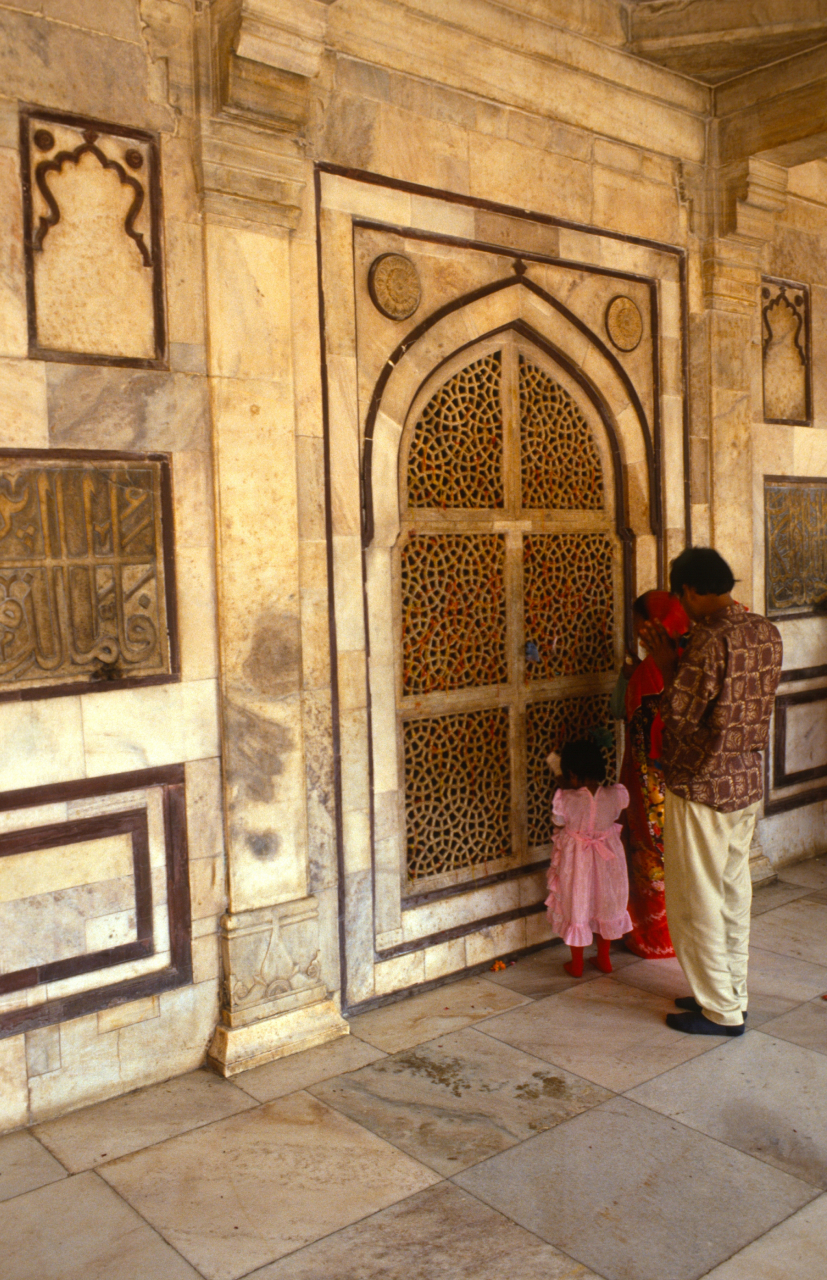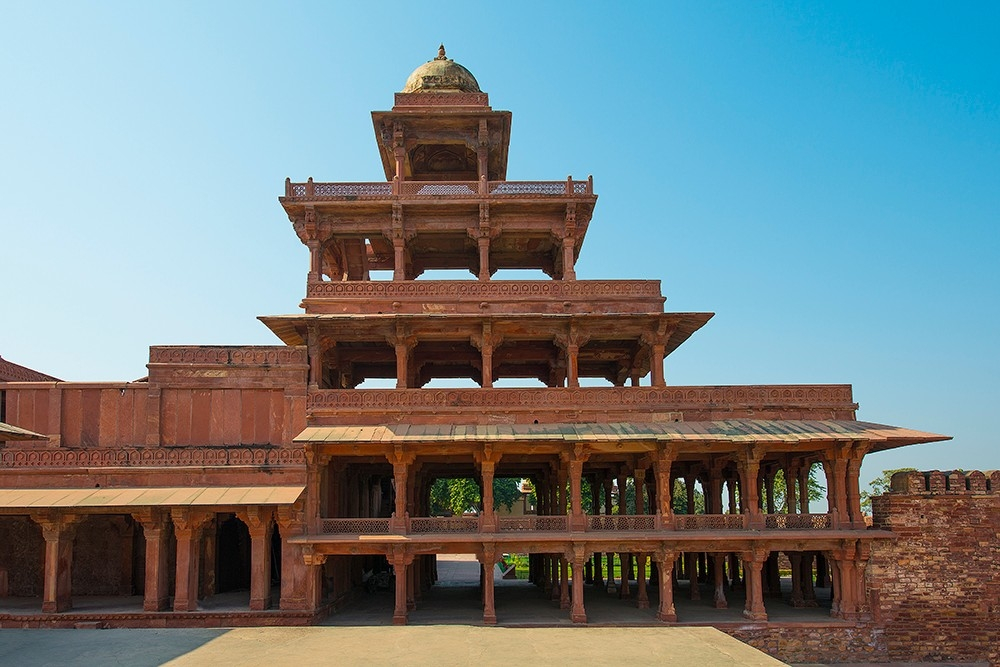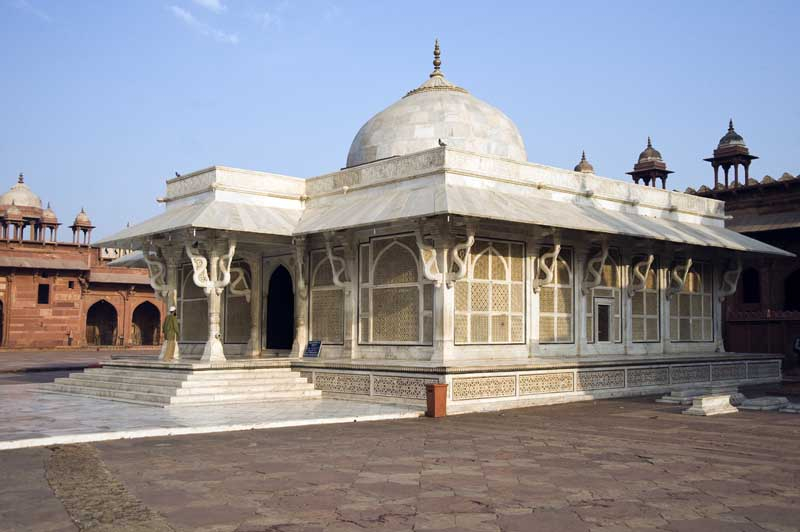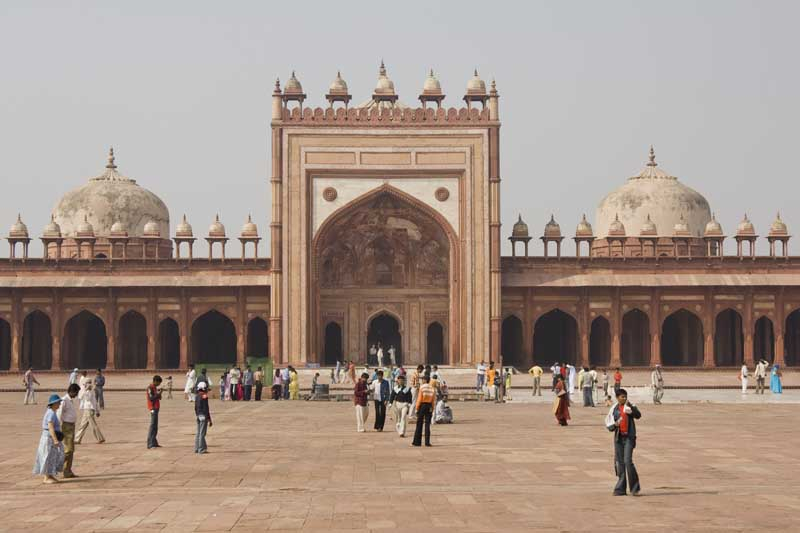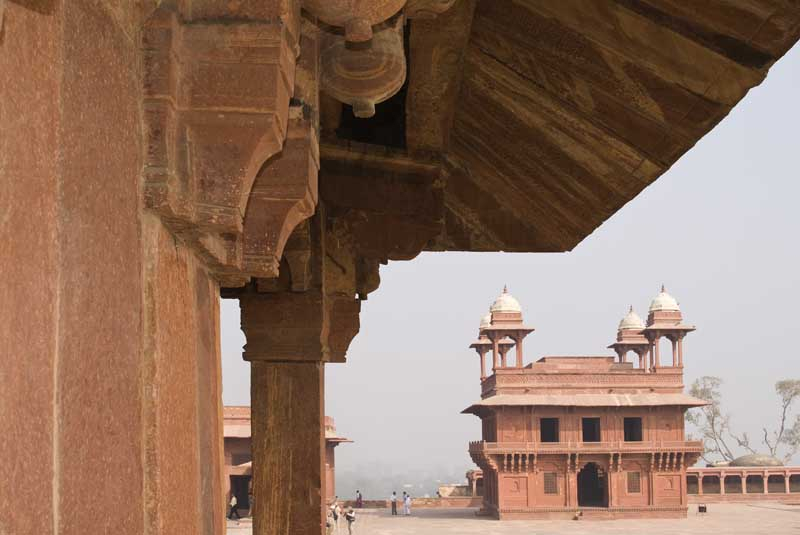Fatehpur Sikri
©UNESCOFatehpur Sikri (“The City of Victory”) was an important halt for merchants on the routes across northern India, and stands as a testimony to the architectural achievements of the Mughal Empire in the late 16th century. It became the Mughal capital under the rule of the Emperor Akbar (1556-1605), who moved his residence to the city and erected a major new palace complex. Most sources connect this decision with the emperor's veneration for a local Sufi holy man, Shaikh Salim Chisti, and it was in Chisti's honor in 1568 that Akbar ordered the Jami Masjid (the great mosque) to be constructed, one of the largest mosques in India, built to accommodate some 10,000 faithful and completed in 1571-72. The city was ultimately abandoned in the 1580s however, perhaps due to problems with the water supply, but continued to be an important halt for traders and was often inhabited by crowds of merchants from India, Persia and further afield.
The architecture of the city illustrates the diversity of religious and cultural identities that existed there. The red sandstone architecture of Akbar’s palace complex reflects largely Hindu architectural traditions, and there is also ample evidence of the impact of Indo-Muslim decorative elements, some apparently drawn from sources such as Persian miniature painting. These latter can be seen in particular on the ornate "House of the Turkish Sultana." Many of the walls were brightly painted, floors would have been covered with carpets, and a variety of other furnishings, collections of ceramics and glass, and other objects would have filled the rooms. The Jami Masjid, as may be expected, reveals a more direct inheritance from Islamic decorative style, although its main arched entrance (or iwan) follows Persian architectural models, combined with some Indian decorative features. Buddhist and Jainist influences can also be traced in a number of other buildings in the city.
